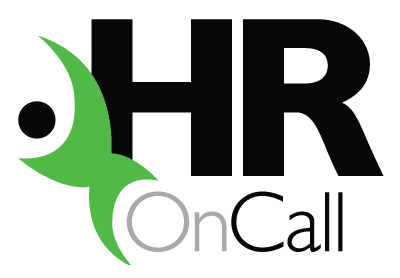When recruiting staff is tough because demand exceeds supply, part of the solution lies in retaining and developing your existing employees to grow alongside your business. Here’s how to help keep employees feeling the love.
The Post-Covid labour market in Australia is a seller’s market. This means there is a surplus of job vacancies compared to the number of appropriate applicants competing for them. If you’re a small business struggling to recruit, you’re definitely not alone! In a series of three articles, we delve into some insider’s tips about how to be smarter in order to retain talent, attract talent and win talent in a tightening employment market.
Why reputation matters
In a highly competitive employment market, standing out from other employers for all the right reasons is crucial to attracting the best talent. Companies known for their excellent working conditions such as flexibility, work-life balance and employee development will attract candidates simply through word of mouth and online reviews. That’s why auditing and actively managing your company’s online reputation is important – a negative review can be very costly in terms of lost opportunity.
How to establish your company’s reputation
Establishing and reinforcing your reputation is about consistently promoting your company’s strengths. Know your brand’s core purpose, mission and values, then make sure all your communications and touchpoints with potential employees reflect them. Employees are drawn to engage with employers whose values are aligned with their own. This is an important way your company can stand out from your competitors in a crowded marketplace, so make sure you are clear on what you stand for and believe in.
The other part of establishing your company’s reputation is finding the right channels to promote yourself as an employer of choice. Apart from the obvious recruitment-related sites such as job boards and LinkedIn, employer review sites, such as Glassdoor, are crucial environments to focus on. Other channels to consider include university campus events, networking functions, social media and existing employee referrals.
Reputation must be consistently reinforced
This is a very important concept. Your company’s reputation is a living, evolving thing. Refresh your messaging and communications regularly while reinforcing all the positive points about your business and your brand. Everything from job descriptions to LinkedIn profiles should be well-crafted and consistent with the company image you wish to project.
It’s also important to stay on top of what people are saying about your company and respond to any negative criticism in a strategic and timely way. One critical review can undo years if good work, so make sure you regularly audit review sites and have a plan to respond to critical issues.
Help! My company received a bad Glassdoor review! What do I do?
Don’t panic! A bad Glassdoor review can threaten your company’s reputation and turn off potential employees; however, if you respond to it quickly, and in the right way, you can mitigate harm. Here’s what to do:
1. Don’t worry too much
Most potential employees understand that an odd negative comment or fake review can happen to anyone. Whether it’s an anonymous online troll, a bitter professional competitor or a disgruntled former employee, one bad or fake review doesn’t have to be a catastrophe. Keep calm and get to work to remove the review if possible.
2. Reach out to the employee
If you know who left the negative review, the most effective and straightforward way is to reach out directly to the author. It’s important that this is done via a phone call rather than through email or social media – which can be impersonal and easy to misconstrue.
Please who feel unfairly treated often just want to be heard. The best course of action is to listen to the complaint attentively, thank the employee for their feedback and commit to remedying the problem raised if it is reasonable to do so.
A word of warning – a response to a negative review should not be posted as a reply under the original post. This only makes the review more visible and harder to get removed down the track.
3. Get in touch with Glassdoor
If you don’t know who left the review, if getting in touch with the author is not practical, or if your attempts to reach out are unsuccessful, the next course of action is to get in touch directly with Glassdoor.
Glassdoor has policies against inappropriate content, fake reviews and defamatory reviews. Their Community Guidelines consider content that is fake, fraudulent, defamatory, libellous, threatening, abusive, racist, harassment or which violates confidentiality, intellectual property, proprietary rights and contractual restrictions as inappropriate. This type of content violates Glassdoor’s Terms of Use and can be easily flagged and will then be removed by Glassdoor.
4. Contact a lawyer
As a last resort, or if you consider the review to be defamatory and highly damaging to your company, you can contact a lawyer and consider a defamation case against the author of the review. In order to be successful in such a claim, you will need to prove that that:
· The author published a false statement while presenting it as fact
· The author acted with negligence or malice when publishing the false statement
· Your company suffered reputational and/or economic harm as a result of the publication
Need specialist HR advice and support?
We’re here to help. Call us on 1300 827 566 for a free 15-minute call.



